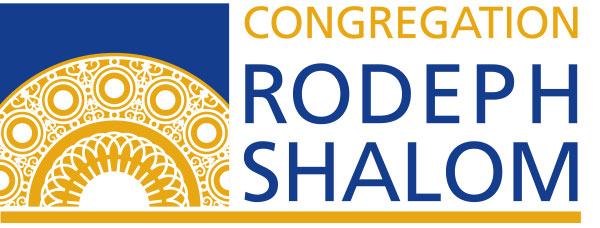As the-end-of-the-year solicitations flood the inbox, this season offers an opportunity for us to consider the Jewish values behind the righteous giving–the tzedakah–we choose to do.
A Yiddush story: A wealthy Jewish citizen named Reb Yitzchak is preparing his daughter’s wedding. Reflecting the ethos of the shtetl, all the poorest members of the community, including those who beg for tzedakah in the marketplace, are to be honored guests at the celebration.
However, this time the poor are tired of being taken for granted. This group of shnorrers (not a nice word—story’s word, not mine) will not be paid off by one hot meal and lip service about how beloved they are. These men and women take a stand—by going on strike!
The entitlement of the beggar is a value, not only of the Old World. The entitlement of the person in need remains a principle in Jewish thought of the Torah and today. My extra, does not belong to me. It is only right—only just, that someone in need is entitled to my extra. We don’t call it charity—charity is about generosity and charity is about going above and beyond. Tzedakah is a minimum obligation to right a wrong. Tzedek—justice– that’s the source of the term tzedakah.
Jewish law sets up specific guidelines to facilitate true tzedakah—guidelines that are very relevant for all of us working on our end-of-the-year contributions.
First: remember that tzedakah is not yours. Take a portion of your earnings, put it in a separate fund, and understand that the money in that fund does not belong to you. You are simply the allocations facilitator of the fund.
Second, take out your abacus. (Today you can use the calculator on your computer.) Jewish law instructs us to take a minimum of 10% of our income, and ideally, 20% of our income. Although there is commentary teaching us to go beyond 20% and to give as much as the needy asks of us, Jewish law determines that 20% is not only an ideal, but also a maximum. We shouldn’t over-do it because we need to avoid becoming needy ourselves, taking what we have for granted, and tempting people to glorify us for excessive giving.
Third, it doesn’t matter whether you have had a good year. 10% giving applies even to the poor, whose income is supported by tzedakah.
Fourth, give intentionally. Right now, I would guess that your inbox and your mailbox include solicitations to sponsor a friend running a race to support cancer research, solicitations from your alma mater or your child’s school, solicitations to support efforts for global disaster relief, job-training, local hunger relief, Israel, environmental sustainability, Jewish community sustainability, Congregation Rodeph Shalom, mosquito netting, domestic abuse shelters, human rights, labor rights. There are so many outstanding and necessary causes—how do you choose? Setting priorities is more nuanced than the black and white 10% rule, and the abacus is less helpful here. Our sages struggle with the very same responsibility we face.
In Baba Metzia, in the Talmud, Rabbi Joseph teaches to prioritize the Jewish needy over the non-Jewish needy, and the local needy over the long-distance needy. In a world in which one’s intimate community and family was most likely Jewish, and a world in which geographic differences felt much more distant than they do today, his approach makes sense. So what happens when we are weighing the local non-Jew verses the long-distance Jew? Unclear.
In Gittin, the Talmud instructs an entirely different approach, teaching: Sustain the non-Jewish poor with the Jewish poor, visit the non-Jewish sick with the Jewish sick, bury the non-Jewish dead with the Jewish dead, for the sake of peace. It’s possible that this Talmudic voice understands that tzedakah is not only away to assist people in need, tzedakah also has the potential to build bridges between communities.
In later Jewish law, the Aruch HaShulchan expresses deep concern about the original teaching, to give first to the Jew, and gets to the heart of our challenge in prioritizing. The Aruch HaShulchan teaches that the problem with giving to a Jew over a non-Jew or a family member over a non-family member, is that the approach might lead us all to give only to our inner-circle. Anyone who is poor but has no wealthy people in their inner-circle, will starve. Therefore, each of us is obligated to give a portion of tzedakah to non-relatives, or to people outside of the inner-circle.
Taken together, to which causes does Jewish tradition say we ought to contribute? Yes.
Baba Metzia’s focus on the Jew and the local poor teaches us to look at the person who stands right before us, or who sits on the steps to the synagogue, and to help bring justice to their world.
Gittin’s focus on the non-Jewish community teaches us to see beyond the immediate, to our relationships with global tzedakah causes and communities.
And Aruch HaShulchan teaches us to focus on the unintended consequences and on the people who could fall through the cracks of a system; and helps us to re-evaluate, to be sure we are understanding the impact of our tzedakah from all perspectives.
As we prepare to close out 2013 and those end-of-the-year-contributions, let Jewish tradition compel us to bring more tzedek—more justice to an unjust street corner, more fairness to an unfair world.
*Mordechai Spector’s Yiddush story, “A Meal for the Poor,” as told in The Sacred Table, Mary Zamore, ed.
